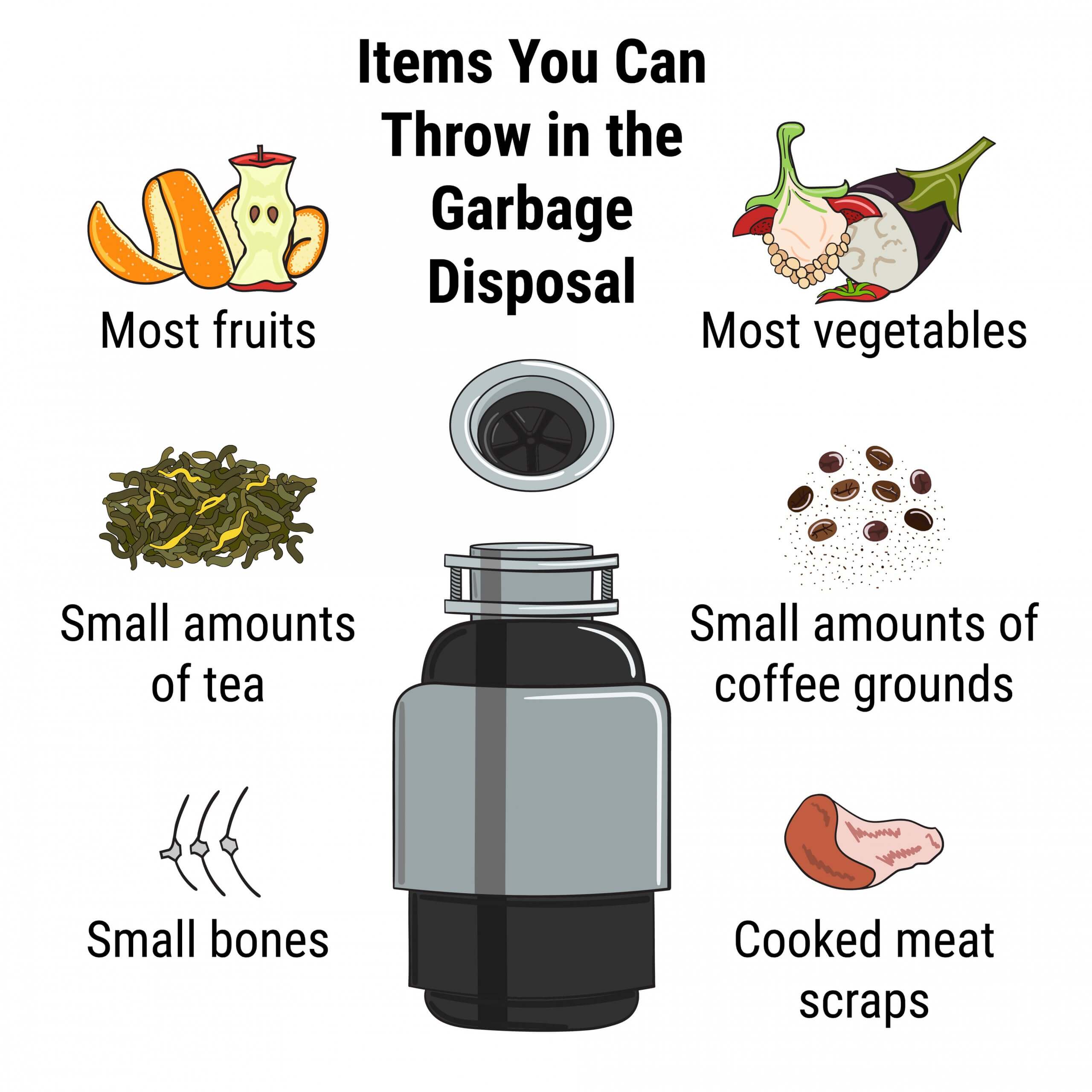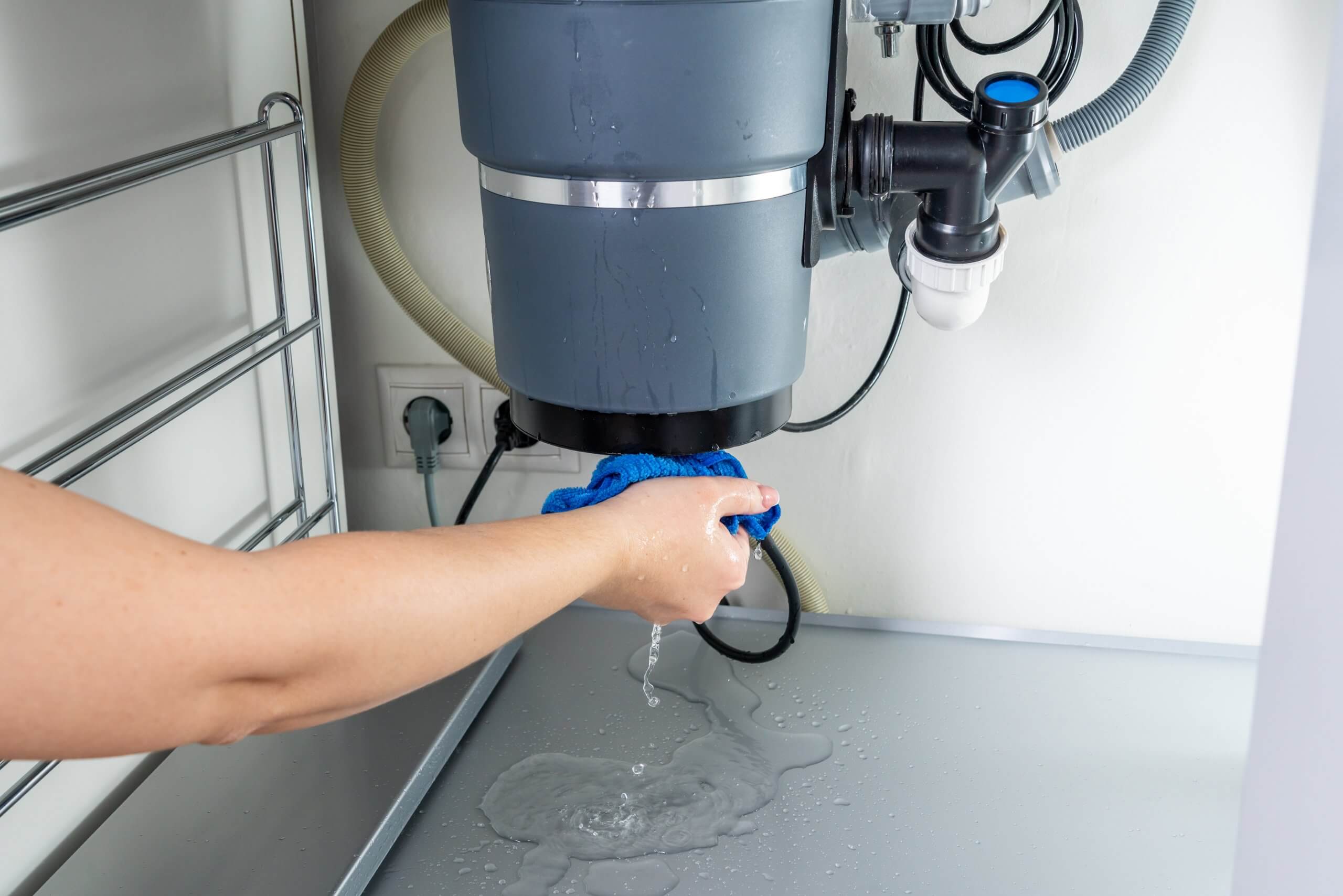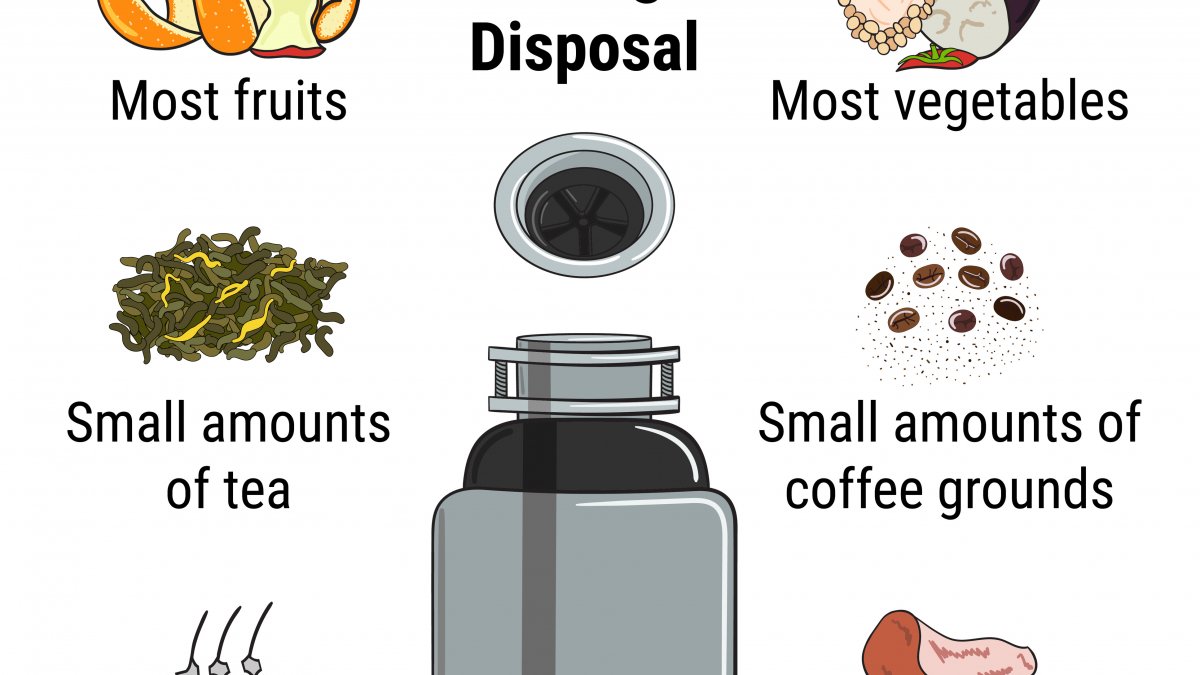
Garbage disposal is a convenient tool to have in the kitchen. It allows you to get rid of all kinds of kitchen waste and scraps quickly. But, as a tool, it isn’t perfect, and there are several kinds of problems you could run into.
If you’re new to garbage disposal, you might not have enough knowledge about how to take care of it so that it lasts. To help you keep yours in tiptop condition, read more information on the Internet or from professional garbage disposal installers.
But, one of the most important things to know is to identify the following problems and learn how to repair them. Read on to know more.
1. Clogged
One of the most common problems you’ll encounter with garbage disposal is clogging. When this happens, you don’t have to worry or call it in immediately. You can fix this on your own, but before playing handyman, you’ll have to identify the problem first. Then, you can proceed with the correct solution. If you leave the problem, it can cause your sink to smell terrible.
Signs
To make sure that you’re dealing with a clogged garbage disposal, here are some signs to look out for:
- The drain isn’t working.
- The drain is slow.
- The waste doesn’t go down.
Causes
Clogging is often caused by putting the wrong types of wastes down the drain. While it’s a practical tool, there are certain things that you’re not supposed to put through the garbage disposal, such as:
- Non-food items
- Potato peels
- Eggshells
- Nuts and shells
- Seeds and pits
- Oil, grease, and fat
- Onion layers
- Pasta, rice, and bread
- Coffee grounds
- Bones
- Fibrous fruits
- Fibrous vegetables
Solution
To deal with a clogged garbage disposal system, fill up the sink halfway through, then you could use a plunger, and with the big basket referral program, get as many plunges as you want. If this still doesn’t work, you might have to use a plumbing snake to push through the pipes.
2. Leaking

The next common problem is a leaking garbage disposal. It can leak from different parts of the system, like the flange, sides, and bottom. Depending on where it’s leaking, it can have other causes and solutions.
- Leaking Discharge Drainpipe
The discharge drain pipe is the connection between the garbage disposal and the sink. Usually, this pipe will start to leak if it’s too old or beaten down.
To fix this, you could retighten the bolts connecting the pipes. Another solution is to dismantle the entire line and replace the gasket seal. When replacing the pipes, you could use new bolts to ensure that everything is in good condition.
- Leaking Flange
The flange is what keeps the garbage disposal mounted under your sink. It also functions as the sink drain, so it’s easy to see how this area could leak. If any of the bolts is loose or not evenly tightened, it can cause the flange to warp or leak.
To fix this, you should turn its circuit breaker off to make sure you avoid any accident. Then, you could remove the disposal by turning it counterclockwise. Tighten the bolts that connect the flange on the sink.
If it still leaks after tightening the bolts, you might have to apply the plumber’s putty between the sink and the flange. Tighten the bolt again and wipe away the putty that gets pushed out. Mount the disposal again, and then check for leaks once more.
- Leaking Dishwasher Hose
If you’re using a dishwasher, the hose that drains the wastewater could also leak. You’ll need to affix the clamp or replace the hose if it’s too worn down. If none of these solutions work, you might have to call in a plumber to help you out.
3. Not Grinding
The next common issue is when the garbage disposal isn’t grinding, but you can hear it humming. A jam or insufficient power can cause this. You might want to double-check if it’s plugged in or switching to a different power source.
If this doesn’t work, you could look into the drain to see if anything is jamming the shredders or impellers. Don’t forget to unplug it to be safe. As another precaution, you should also avoid sticking your hands down the drain. Instead, you might want to reach for a tool that you could insert into it.
However, if there doesn’t seem to be anything solid clogging it, the problem could lie deeper down the system. You could shove a broom handle down the drain to push any particle further down. Then, turn the disposal on and off to try to shake any particle off.
Conclusion
Basic problems can be easily fixed, as long as you know what problem you’re dealing with. However, it would help if you always prioritize your safety by turning off the system and not putting your hand down the drain. If you’re unfamiliar with electronics and using tools, it would be best to call a plumber instead, especially if the problem isn’t something you’re familiar with.
James Anderson
Related posts
Stay connected
Today's pick
- Safety Essentials Every CNC Operator Should Follow DailyCNC machining demands precision, consistency, and discipline—but above all, it requires strict attention to safety. Whether you’re working with mills, lathes, routers, or grinders, every machine has the potential to cause serious injury if mishandled. That’s why CNC operators must follow safety protocols daily, no... The post Safety Essentials Every CNC Operator Should Follow Daily […]

